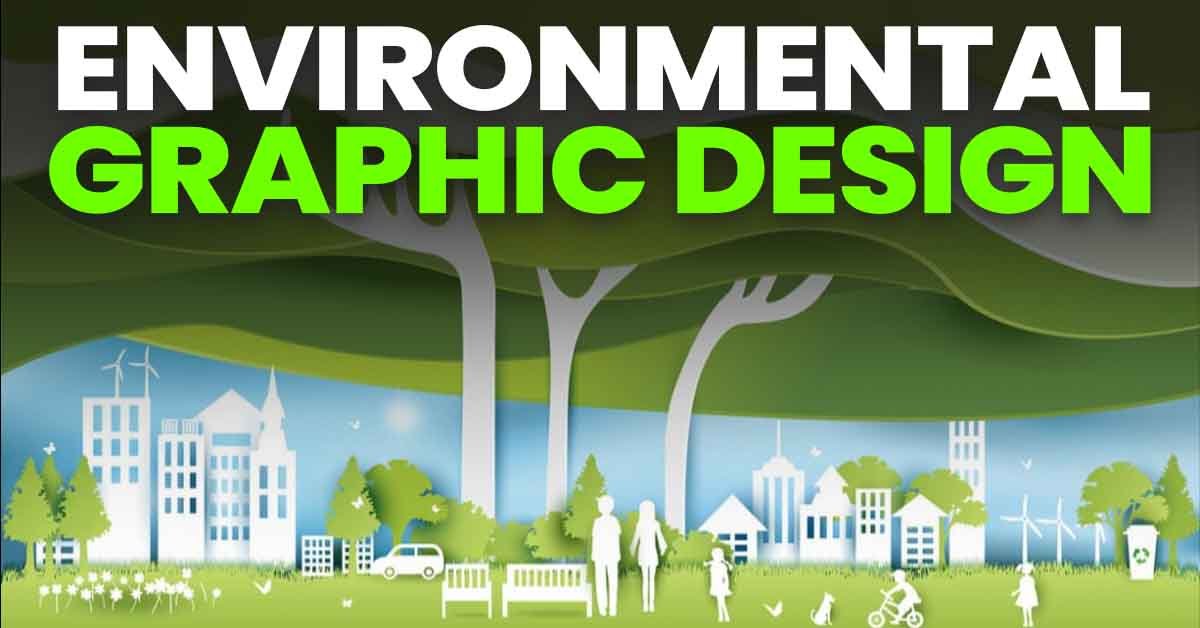Outline
- Introduction to Environmental Graphic Design
- Definition and purpose
- Importance of integrating graphics into architectural spaces
- History and Evolution of Environmental Graphic Design
- Origins and early examples
- Development over time
- Key Elements of Environmental Graphic Design
- Typography
- Color palette
- Iconography
- Signage and wayfinding
- Benefits of Integrating Graphics into Architectural Spaces
- Enhanced user experience
- Brand reinforcement
- Communication of information
- Challenges in Environmental Graphic Design
- Balancing aesthetics with functionality
- Integration with architectural elements
- Sustainability considerations
- Case Studies of Successful Integrations
- Corporate environments
- Retail spaces
- Public institutions
- Technological Advances in Environmental Graphic Design
- Digital displays
- Interactive installations
- Augmented reality experiences
- Best Practices for Effective Integration
- Collaboration between designers and architects
- Consideration of user demographics
- Maintenance and longevity of designs
- Future Trends in Environmental Graphic Design
- Personalized experiences
- Integration of sustainability principles
- Seamless blending of digital and physical elements
- Conclusion
- FAQs
- What is environmental graphic design?
- How does environmental graphic design benefit architectural spaces?
- What are some challenges faced in integrating graphics into architecture?
- Can environmental graphic design be sustainable?
- What role does technology play in modern environmental graphic design?
Environmental Graphic Design: Integrating Graphics into Architectural Spaces
Introduction to Environmental Graphic Design
Environmental Graphic Design (EGD) is a multidisciplinary field that focuses on creating immersive and cohesive experiences by integrating visual graphics into architectural spaces. It serves the purpose of enhancing user experience, communicating information effectively, and reinforcing brand identity within built environments.
History and Evolution of Environmental Graphic Design
EGD has its roots in early civilizations where symbols and signage were used to communicate messages. However, it gained prominence during the modernist movement of the 20th century when designers began to recognize the importance of visual communication in architectural spaces. Over time, EGD has evolved to encompass a wide range of elements including typography, color theory, and wayfinding systems.
Key Elements of Environmental Graphic Design
Typography plays a crucial role in EGD as it helps convey information in a clear and visually appealing manner. The choice of fonts, sizes, and styles can greatly impact the overall aesthetic and readability of a design. Similarly, the selection of color palette and iconography should align with the intended message and brand identity.
Benefits of Integrating Graphics into Architectural Spaces
Integrating graphics into architectural spaces offers numerous benefits. It enhances user experience by providing visual cues and wayfinding signage, thereby improving navigation and accessibility. Additionally, it reinforces brand identity and creates a cohesive environment that reflects the values and personality of the organization.
Challenges in Environmental Graphic Design
Despite its benefits, EGD also presents challenges. Designers must strike a balance between aesthetics and functionality to ensure that graphics complement the architectural elements without overpowering them. Moreover, integrating graphics into existing structures can be complex and may require careful planning and coordination with architects and other stakeholders.
Case Studies of Successful Integrations
Numerous examples illustrate the successful integration of graphics into architectural spaces. In corporate environments, branded graphics can be used to create an immersive brand experience for employees and visitors alike. Similarly, retail spaces often incorporate graphics to guide customers through the store and reinforce brand messaging.
Technological Advances in Environmental Graphic Design
Advancements in technology have revolutionized EGD, allowing designers to explore new possibilities in terms of interactivity and engagement. Digital displays, interactive installations, and augmented reality experiences are increasingly being used to create dynamic and immersive environments that captivate audiences.
Best Practices for Effective Integration
Effective integration of graphics into architectural spaces requires collaboration between designers and architects from the outset of a project. Designers should consider the needs and demographics of the intended audience, as well as the long-term maintenance and durability of the designs.
Future Trends in Environmental Graphic Design
Looking ahead, the future of EGD is poised to embrace personalized experiences and sustainable design principles. With advancements in data analytics and digital technology, designers can create tailored experiences that resonate with individual users. Additionally, there is a growing emphasis on sustainability, with designers exploring eco-friendly materials and practices to minimize environmental impact.
Conclusion
Environmental Graphic Design plays a vital role in enhancing the aesthetic appeal, functionality, and brand identity of architectural spaces. By integrating visual graphics seamlessly into built environments, designers can create immersive experiences that engage, inform, and inspire audiences.
FAQs
- What is environmental graphic design? Environmental Graphic Design (EGD) is a multidisciplinary field that focuses on integrating visual graphics into architectural spaces to enhance user experience, communicate information effectively, and reinforce brand identity.
- How does environmental graphic design benefit architectural spaces? Integrating graphics into architectural spaces improves user experience by providing visual cues and wayfinding signage, reinforces brand identity, and creates cohesive environments that reflect the values of the organization.
- What are some challenges faced in integrating graphics into architecture? Challenges in EGD include balancing aesthetics with functionality, integrating graphics with existing architectural elements, and ensuring sustainability in design practices.
- Can environmental graphic design be sustainable? Yes, environmental graphic design can be sustainable by using eco-friendly materials, minimizing environmental impact, and considering long-term maintenance and durability of designs.
- What role does technology play in modern environmental graphic design? Technology plays a significant role in modern EGD by enabling designers to create dynamic and interactive experiences through digital displays, interactive installations, and augmented reality.
